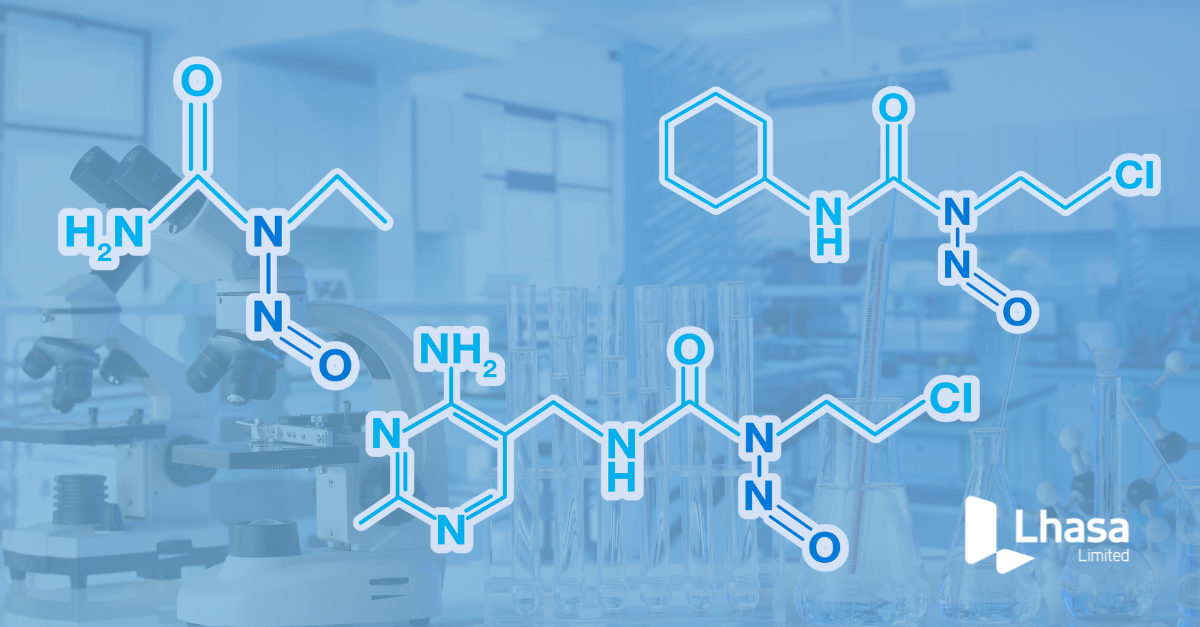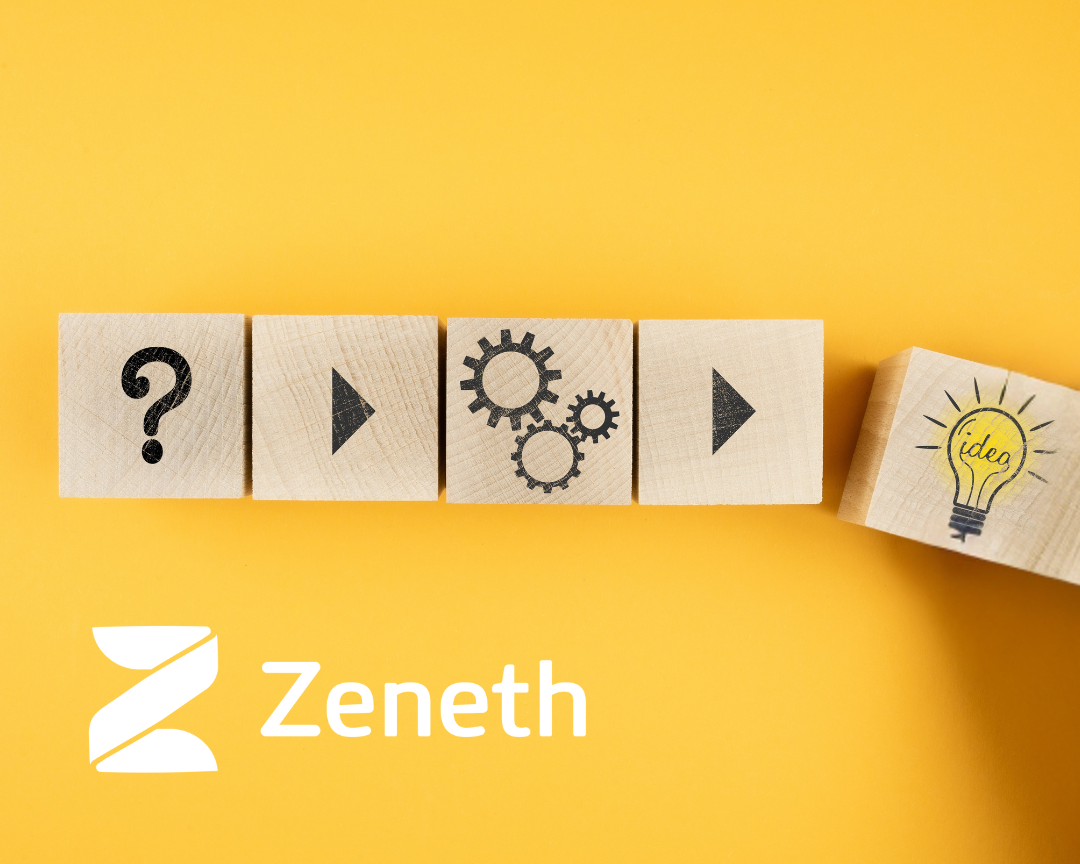Welcome to 2023, I hope you are feeling enthusiastic about the year ahead. I am not one for New Year’s resolutions, however, I do have a sense of excitement about the opportunities that a New Year brings.
For us at Lhasa, 2023 marks the end of our BHAG period.
If you are wondering, “What on earth is a BHAG?”, a BHAG is a Big Hairy Audacious Goal which is a long-term goal that everyone in a company can understand and get behind. The term was coined in the book, Built to Last: Successful Habits of Visionary Companies.
In 2013, we set a long-term goal (our BHAG) to challenge us to move from incremental improvements, to making bigger changes in what (and how) we deliver. Over the past 10 years, we have been working towards the goal:
By January 2023, we will be acknowledged by our members and the scientific community as experts in the assessment of risk of human adverse events, caused by exposure to chemicals.
Have we achieved this? You will likely have your own view based on your experience of collaborating with us, or from using our solutions.
I believe that Kaptis, which we just recently launched, is the strongest representation of our success against our 10-year BHAG.
To be experts in chemical safety assessment, we must be at the forefront of driving change in how chemical toxicity risk assessments are undertaken. Historically, toxicology has been a strongly observational science (illustrated by the use of animal testing). The extensive adoption of in vitro assays has increased our understanding of toxicity and reduced the use of animal testing. Kaptis is built on this knowledge and data, allowing us to support your safety assessment decisions and the widespread desire to reduce animal testing.
The recently finalised ICH S1B(R1) regulatory guidance reflects this industry shift and can be used to determine the need for a full carcinogenicity animal study. Kaptis supports you in this approach, allowing for scientifically rational, faster and cheaper carcinogenicity assessments – without compromising human safety. We are grateful for the industry and regulatory experts who have been collaborating with us, as part of our ICH S1 consortium.
As well as Kaptis, in 2022 we launched two further exciting solutions, Wiki Kaptis and a Skin Sensitisation Defined Approach Solution:
- Wiki Kaptis, the result of an ongoing collaboration between Lhasa Limited and AOP-Wiki. Wiki Kaptis is a free tool which provides visualisation of the Adverse Outcome Pathways (AOPs) captured within the AOP-Wiki. Wiki Kaptis provides you with an insight into our Kaptis AOP network visualisation functionality, and the associated benefits. I would like to acknowledge the support of the AOP-Wiki team during the creation of this exciting solution.
- Our Skin Sensitisation Defined Approach solution, supports the ITSv1 Defined Approach – one of the three approved Defined Approaches in the 2021 OECD no. 497 guideline. It provides hazard and potency skin sensitisation predictions without the use of animal testing.
Throughout 2022, we released updates and improvements to our existing solutions – Derek Nexus, Sarah Nexus, Effiris, Zeneth and Mirabilis. Perhaps most significant of these is Mirabilis, our software tool for evaluating the risk of potentially mutagenic impurities being present in the final drug product. This release includes an improved approach for predicting reactivity purge factors and for the first time, predictions for both solubility and volatility purge factors. I know that many of our members and prospective members have been looking forward to receiving this update, so I am thrilled that we have been able to deliver this to you during 2022.
We released data and knowledge updates too and have been widely acknowledged for our scientific leadership in the field of nitrosamines. Evidenced in part, within the complex nitrosamine data sharing initiative. It is inspiring to see such enthusiasm for this data sharing initiative, with our industry peers recognising the benefits of sharing data. We also released data to our toxicity database, Vitic (focusing on developing genotoxicity and carcinogenicity knowledge) and to a number of our industry consortia data sharing initiatives; Complex Nitrosamines, Nitrites in Excipients, Intermediates, Aromatic Amines and AI/PDE.
2022 saw the launch of our Lhasa Federated Learning Hackathon, a research initiative to further validate the Federated Learning Approach which Effiris uses.
Adding the European Medical Agency (EMA) to our current members’ list and successfully co-hosting an in-person event with Anvisa in Brazil, the first since the pandemic, are both good indicators of our strengthening relationships with regulators.
The popularity of our scientific publications continues to be exciting, one of which was the most highly viewed article in the Chemical Research in Toxicology journal last year!
None of these advances would have been possible without attracting and retaining the best talent and I want to share some of the highlights that are supporting our success in this area:
- Winning the Tech4Good award at the 2022 Leeds Digital Festival, helping local tech experts learn about us and our career opportunities.
- Hiring our first Lhasa employees in Japan to provide direct support to our Japan-based members.
- Growing Lhasa to 183 people, our highest number of employees to date, with 93% colleague retention in 2022.
- Sustaining hybrid and flexible working, something which we all had to adopt during the pandemic but have chosen to maintain at Lhasa.
- Increasing the number of Lhasa employees who would recommend Lhasa as a place to work to family or friends – now at 78% following our latest internal survey.
We have so much in the pipeline for the year ahead, which I cannot wait to share with you. I hope we will have the opportunity to meet in person throughout 2023; perhaps my colleagues and I will see some of you at the SOT in March?
I would like to conclude by thanking my dedicated colleagues who make up Lhasa (without them, nothing would be possible) and you – our members, collaborators and advocates – for your continued engagement and support.
As a not-for-profit organisation, the big decisions which we take are agreed with our Lhasa board members. Are you interested in the direction which we are taking? Do you have the scientific or business expertise to shape our future direction? If the answer to these questions is “Yes!” then, please get in touch, I would love to hear from you.
Last Updated on January 25, 2024 by lhasalimited



